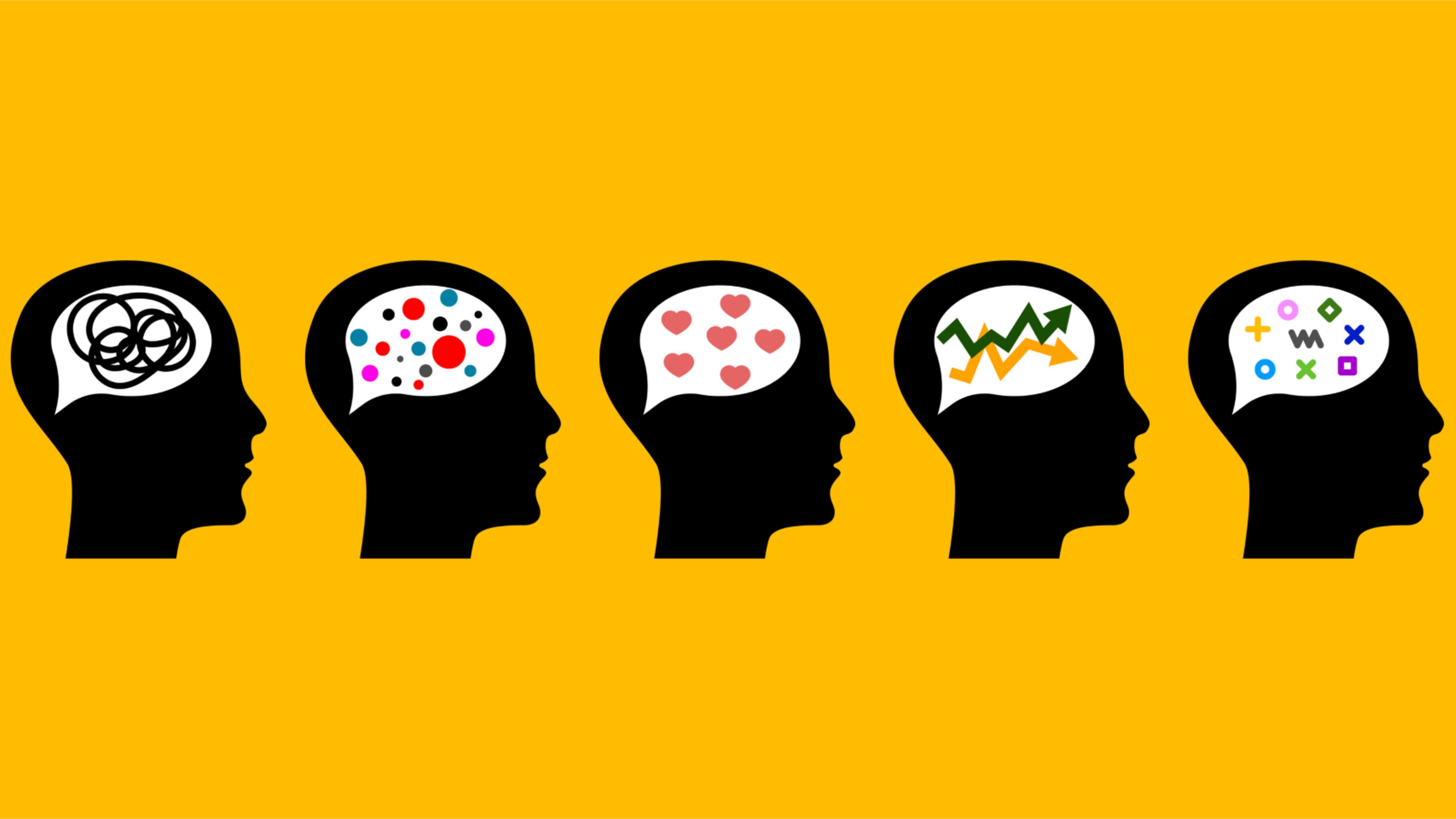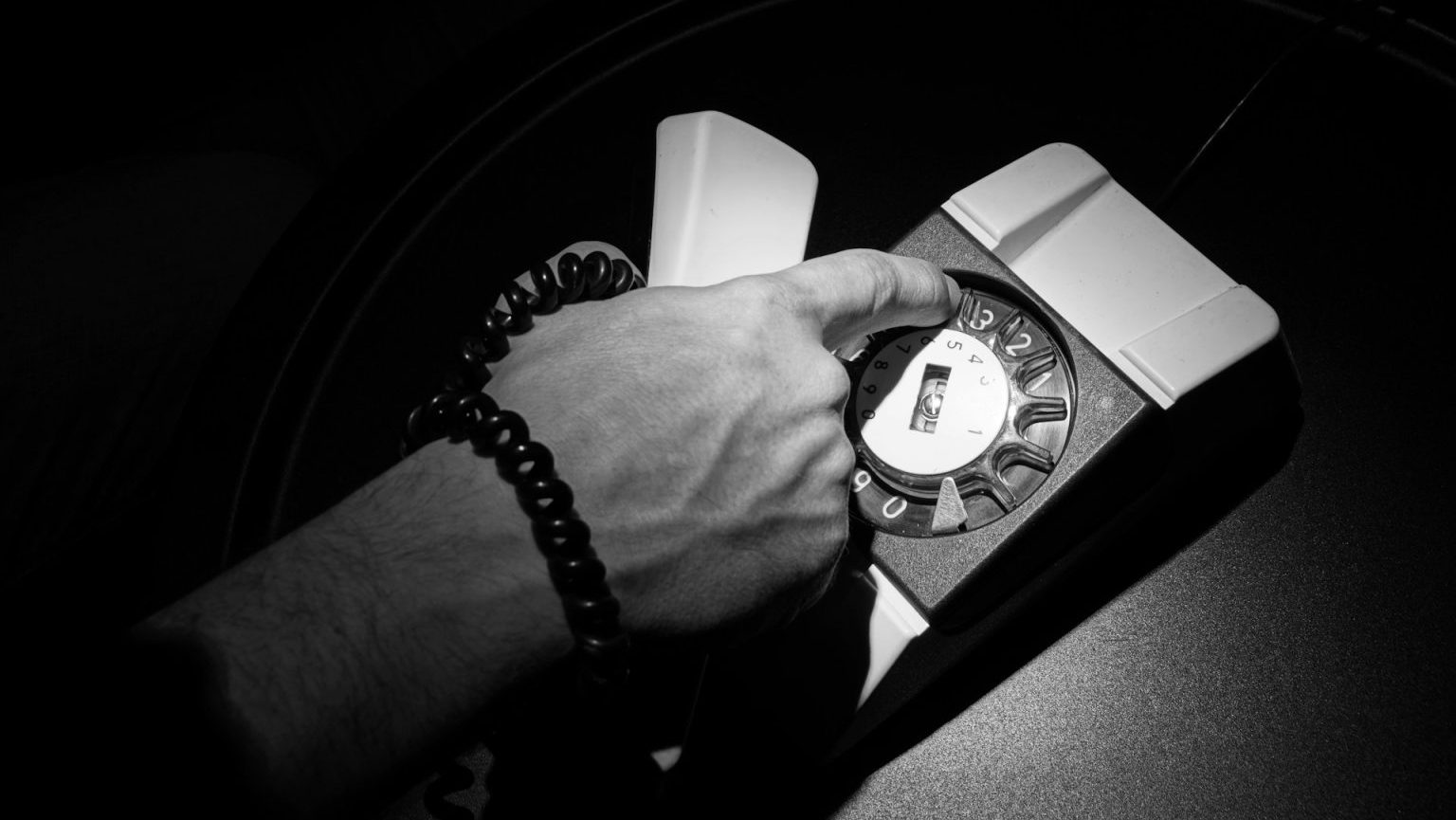Today’s technology allows “casual happy snappers” to come up with some cool images. But ultimately the strength of good photography is in knowing one’s self and responding to emotions.
Question: What are the most important elements to getting the right shot?
Edward Burtynsky: Well I think for somebody who is starting out in photography I think the first thing to really begin to think of is if you’re really serious about you know trying to progress beyond just a casual happy snapper from time to time and trying to get that great shot I think you know trying to come up with something that interests you, something that can be visual and can be more than one picture. I think you know with today’s ease of taking pictures and digital you know it’s not that hard to come up with a great looking shot no matter what you’re interested in, so if you want to photograph animals or you want to photograph flowers or you want to photograph trees or if you want to photograph your friends you know if you do it long and hard enough you’re going to come up with some cool images of that and I don’t think that is really you know where the strength of good photography lay. I think that ultimately it is about editing. It is about knowing one’s self and trying to listen to that kind of intuitive forces that allow you to kind of respond more positively and more excitedly to one image or to one subject over another and to pay attention to that emotion and to follow that and then also to be aware of it when you see it in the kind of plethora of images out there in the world.
There is nothing wrong to say when an image really hits you like wow that is an amazing picture and it’s something that you aspire to, to be able to kind of make that kind of image. Well you know cut it out of the magazine or you know copy it onto a file in your computer and even once in awhile if it is really important print it out and stick it… pin it on your wall so it reminds you every day when you go by what is it about this picture and I think you learn about pictures in yourself by being true to the things that you personally respond to and that is really about I think the only way you’re going to find your way to an original voice that isn’t full of clichés and it isn’t just trying to do what other people do, but by following your own instincts using your own autobiography as a kind of guide to what things might be interesting for you to photograph, things in your life that you’ve seen that you might want to then go back and visually try and put a story around it. I think it’s a good place to start, but not to think in the world as a singular I got a great shot, but It’s like how do I make a group of images that together are more meaningful to anyone of them separated and even when they’re separated they’re still strong images each in their own right, but as a group they even become stronger, so I think thinking in terms of larger groupings of images then it… then your intentions are no longer a question. You’re now working and thinking, so it’s kind of like being a writer. You can come away with a good paragraph or a couple of good lines, but you want to create the story. You want to have a little bit more meat to the narrative and that only happens when you keep plugging away at an idea.
Recorded June 21, 2010
Interviewed by Jessica Liebman





